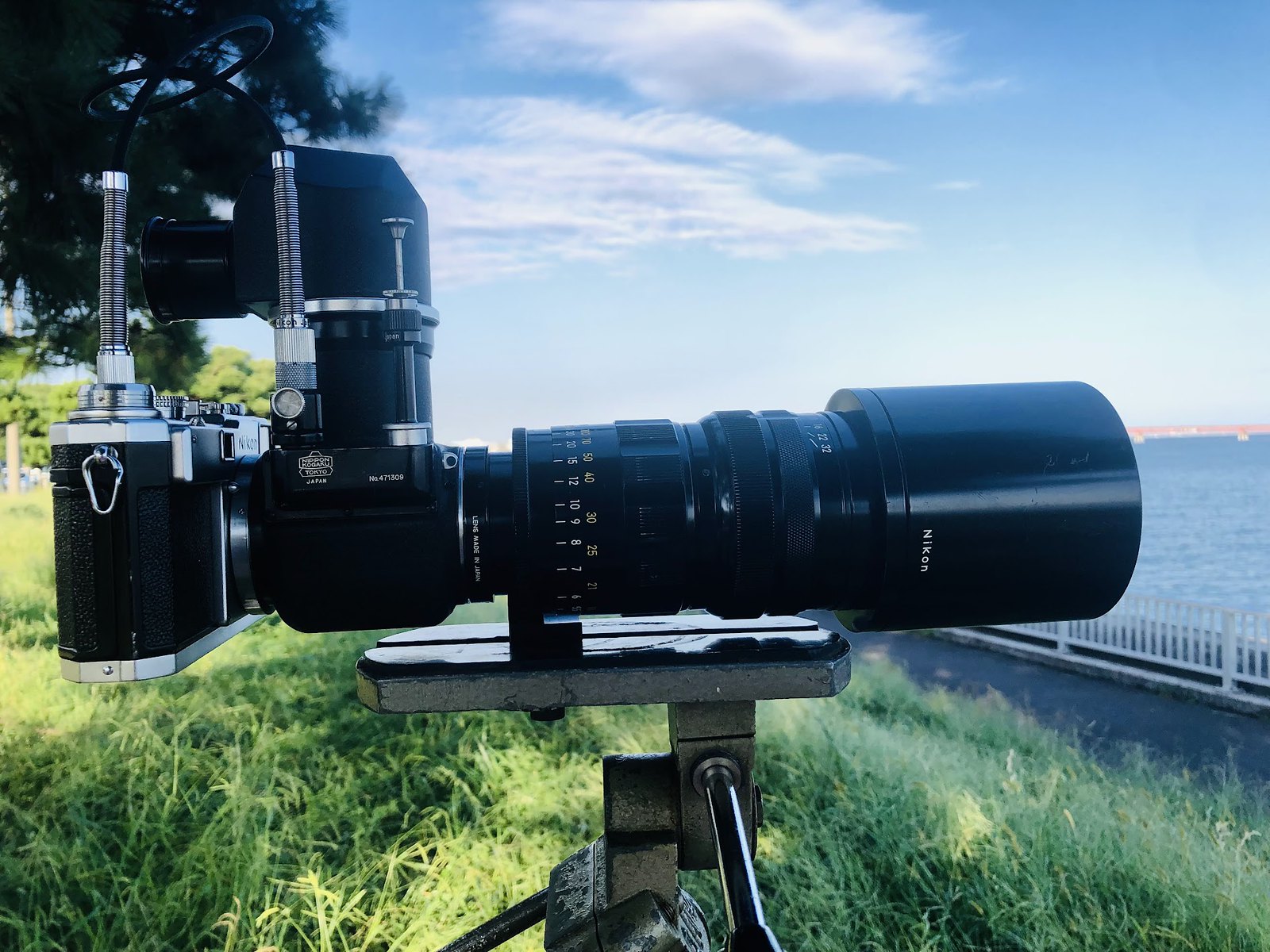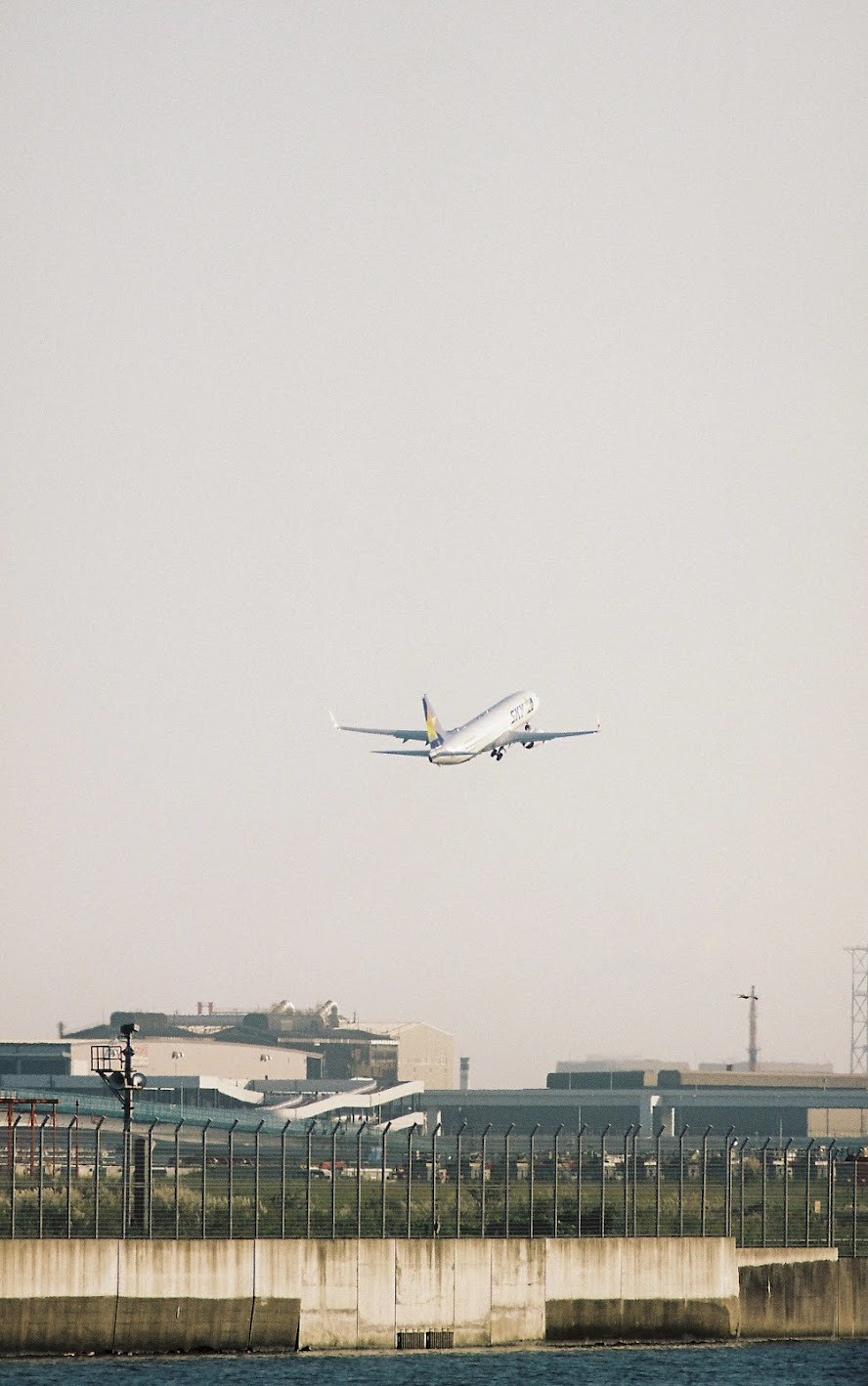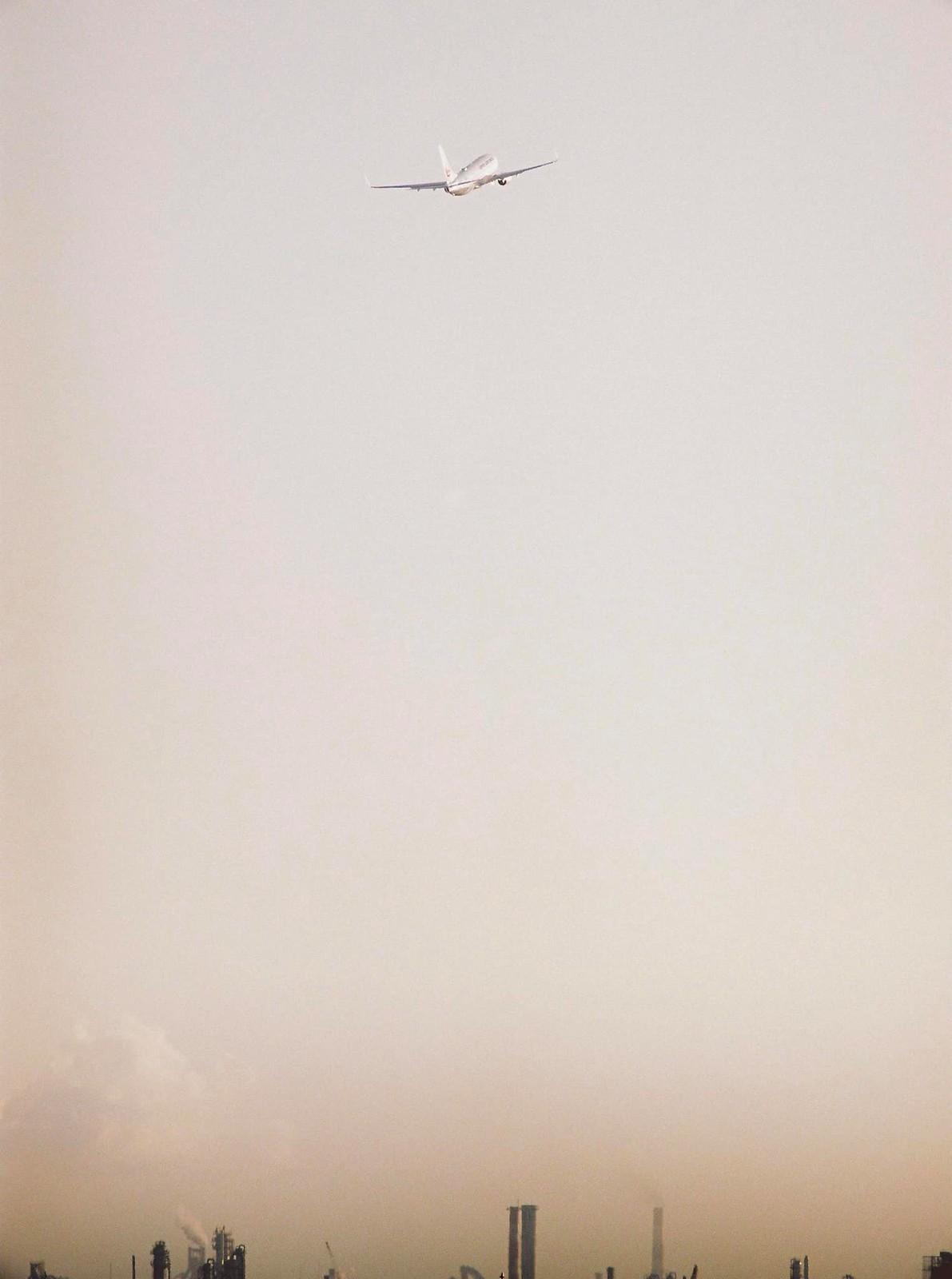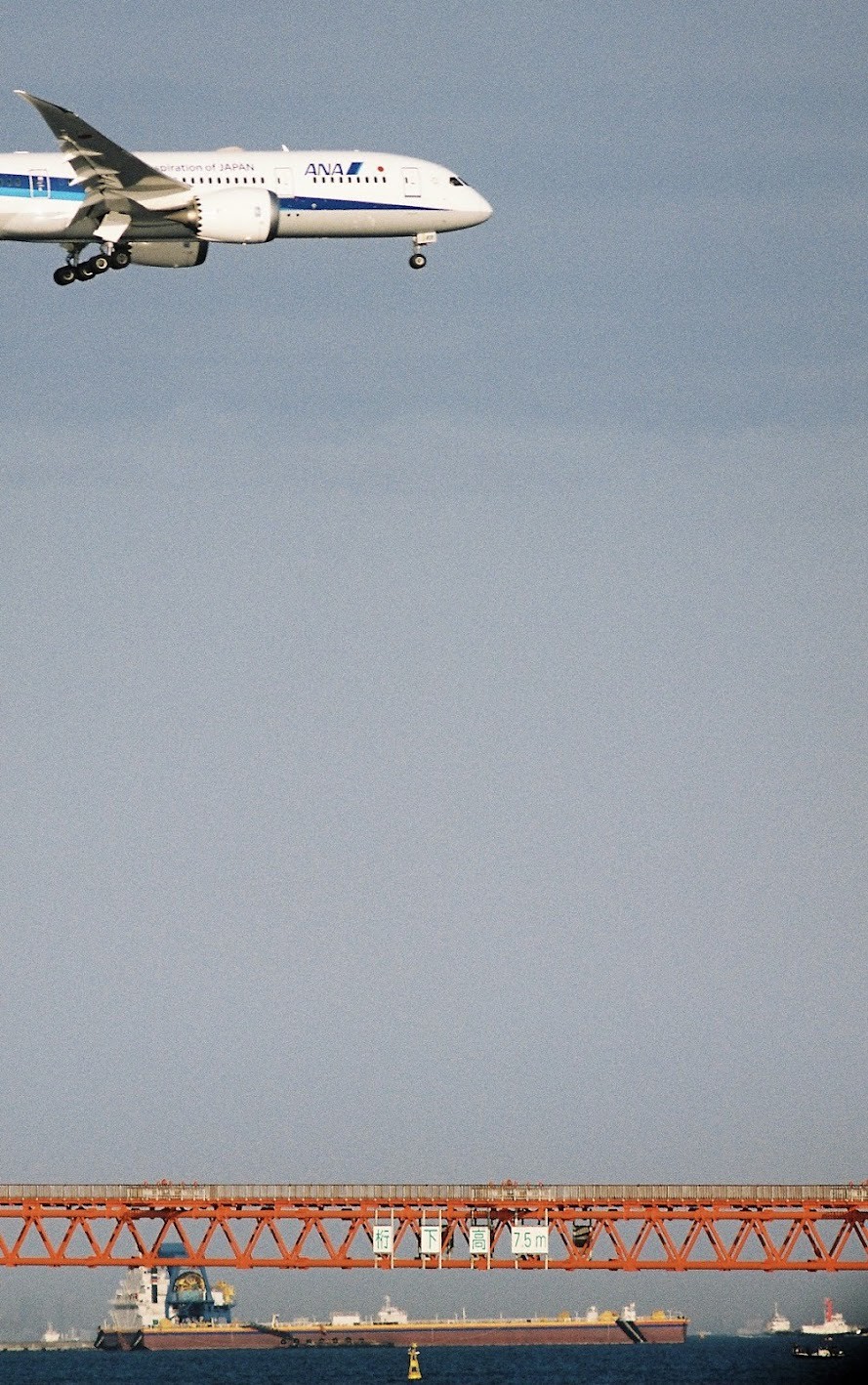ocs301
Newbie
Wondering if anyone share experiences using a Reflex Housing with the 18cm 2.5 or 25cm 4.0? I have been wondering how awkward they are to shoot with. Haven't seen much written about using them.
Thanks
- Tim
Thanks
- Tim
wes loder
Photographer/Historian
Nikon housing use
Nikon housing use
I have used the Nikon reflex housing with the 180 and the 500. I have the 250, but never taken a picture with it (I know, shame on me). Took pictures of low plants using housing, 180 and table pod. Nice setup. The 45 degree housing and the bright, easy-to focus screen is a pleasure. The 500 also worked well for distance photography. The 180 is super sharp. The negatives: The finger-tip release is a bad design. Too long a throw and the mirror rises slowly causing the image to shift focus.Impossible to snap off a shot. The 500 vignettes on the housing (not on a Nikon F). Although beautifully built, the second model Zeiss Ikon Panflex is a better reflex housing and easier to use. It can be hand-held while as the Nikon housing is almost impossible to shoot hand held.
Nikon housing use
I have used the Nikon reflex housing with the 180 and the 500. I have the 250, but never taken a picture with it (I know, shame on me). Took pictures of low plants using housing, 180 and table pod. Nice setup. The 45 degree housing and the bright, easy-to focus screen is a pleasure. The 500 also worked well for distance photography. The 180 is super sharp. The negatives: The finger-tip release is a bad design. Too long a throw and the mirror rises slowly causing the image to shift focus.Impossible to snap off a shot. The 500 vignettes on the housing (not on a Nikon F). Although beautifully built, the second model Zeiss Ikon Panflex is a better reflex housing and easier to use. It can be hand-held while as the Nikon housing is almost impossible to shoot hand held.
View Range
Well-known
The good news is that Panflex reflex housings are plentiful and relatively cheap. The bad new is that, while the Panflex is 64.5mm thick, the Nikon reflex housing is about 74mm thick. The Nikon lenses mount on a Panflex, but you have to use almost 10mm of focus travel just to get to infinity, resulting in compromised close focus. I don't know of a Contax/Nikon RF 9mm extension tube.
The was a pre-war prototype 135mm f4.5 Tessar for Panflex; production lenses were post-war and only four were made - 115mm f3.5 Tessar, 180mm f2.8 Sonnar, 300mm f4.0 Sonnar and 500mm f8.0 Fernobjektiv. Only the 115mm Tessar is easy to find. The other three are very rare in Panflex mount. The Flektoskop and Flektometer mount versions of these three lenses could be mounted but adapters would have to be machined by someone like SK Grimes.
The was a pre-war prototype 135mm f4.5 Tessar for Panflex; production lenses were post-war and only four were made - 115mm f3.5 Tessar, 180mm f2.8 Sonnar, 300mm f4.0 Sonnar and 500mm f8.0 Fernobjektiv. Only the 115mm Tessar is easy to find. The other three are very rare in Panflex mount. The Flektoskop and Flektometer mount versions of these three lenses could be mounted but adapters would have to be machined by someone like SK Grimes.
BillBingham2
Registered User
Buy a Nikon F Plain Prism.
I used my F for everything above 50mm and RF for everything below.
B2 (;->
I used my F for everything above 50mm and RF for everything below.
B2 (;->
View Range
Well-known
Buy a Nikon F Plain Prism.
I used my F for everything above 50mm and RF for everything below.
B2 (;->
As did nearly everyone else. That is why the reflex housing effectively disappeared in 1959. Only Leitz with the Visoflex II and then the Visoflex III continued. Canon Mirror Box 2, Transflex, and a few others were made is small numbers after 1959.
Malcolm M
Well-known
Where’s the fun in that? The whole purpose of signing up to RFF is to do things by the most awkward and archaic methods possible. Modern conveniences like instant return mirrors and auto diaphragms are to avoided at all costs. I’ve never used a Nikon housing, but it looks to be functionally identical to the Visoflex. This means that you need 5 hands to operate it (unless you use a tripod, when you can get away with 3). It’s claimed that the finder is bright, but I’ve never noticed that, and anyway you have to stop down manually (which invariably jogs the focus, and is impossible with a 5 cm Elmar) before tripping the shutter. Everything seems to get in the way of everything else (although at least the Nikon doesn’t have a low-speed dial on the front).Buy a Nikon F Plain Prism.
S.H.
Picture taker
I have used my Visoflex III with a filed down Nikon F3 screen with good success, using Summicron 90/ Elmarit 135/Telyt 200. The M3 could handle those but everything else is hit or miss at full aperture (usually miss if you are not a sniper), especially the M8.
I even used a 1949 Olympia Sonnar 18cm/2.8 : its Exakta mount is removable, it screws on a Flektoskop mount. But it is too heavy, it is much better handled on a F or Exakta.
A mirror box is a cool thing to have, but the optics usually end up on a dedicated SLR... the F comes to mind
I even used a 1949 Olympia Sonnar 18cm/2.8 : its Exakta mount is removable, it screws on a Flektoskop mount. But it is too heavy, it is much better handled on a F or Exakta.
A mirror box is a cool thing to have, but the optics usually end up on a dedicated SLR... the F comes to mind
UV76
Established
I typically use N-F tube and F or FtZ adapter to Z for 18cm f2.5, 25cm f4 or 35cm f4.5 but tried shooting with reflex housing the other day. It is a heavy rig so most definitely need a sturdy tripod.
End to end workflow sequences need getting used to... I don't normally shoot airplanes and missed the first few shots forgetting to correctly adjust the cables and couldn't quite get the timing right on some shots.
1) Setting up reflex housing and attaching cables to the camera (and optionally the motor)
2) Set aperture (wide open) and nail down focus, set back aperture to desired F value
3) Shoot using the finger-tip release button on the reflex housing (it has a long throw as wes loder mentions above)
If you don’t have a motor attached
4) need to loosen the cable attached to camera shutter button to enable film winding or make sure the cable release have "just right" tension
5) reset mirror on reflex housing by pushing reset ring
If you have a motor attached
6) you can skip 5) because you have a motor but you lose vision if you shoot continuous shots because the mirror flip flop motion on the reflex housing is entirely manual and cannot be released during continuous shots for S3/SP/S4 (unless you shoot with S2E whereby the shutter button movement syncs with motorized film wind). Changing between vertical or horizontal frame can be easily done by using a button on the reflex housing.

18cm f2.5

25cm f4

35cm f4.5

35cm f4.5 missed sample

End to end workflow sequences need getting used to... I don't normally shoot airplanes and missed the first few shots forgetting to correctly adjust the cables and couldn't quite get the timing right on some shots.
1) Setting up reflex housing and attaching cables to the camera (and optionally the motor)
2) Set aperture (wide open) and nail down focus, set back aperture to desired F value
3) Shoot using the finger-tip release button on the reflex housing (it has a long throw as wes loder mentions above)
If you don’t have a motor attached
4) need to loosen the cable attached to camera shutter button to enable film winding or make sure the cable release have "just right" tension
5) reset mirror on reflex housing by pushing reset ring
If you have a motor attached
6) you can skip 5) because you have a motor but you lose vision if you shoot continuous shots because the mirror flip flop motion on the reflex housing is entirely manual and cannot be released during continuous shots for S3/SP/S4 (unless you shoot with S2E whereby the shutter button movement syncs with motorized film wind). Changing between vertical or horizontal frame can be easily done by using a button on the reflex housing.

18cm f2.5

25cm f4

35cm f4.5

35cm f4.5 missed sample

Share:

